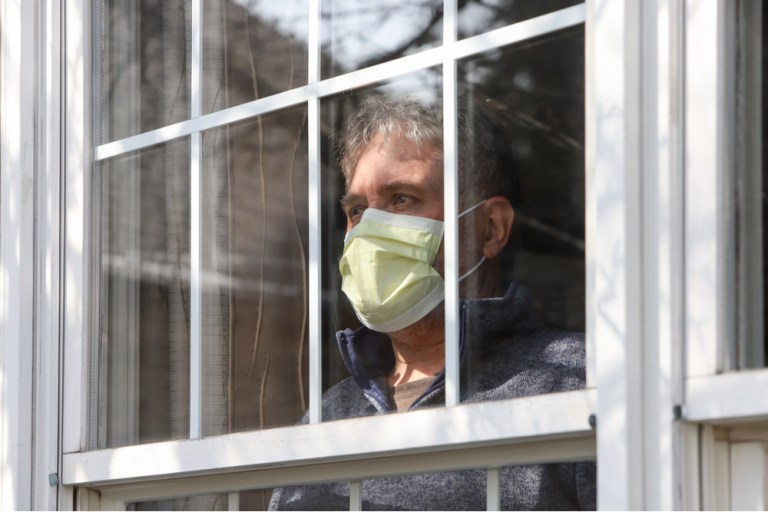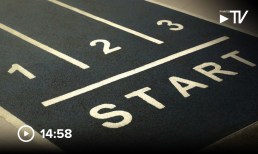Georgia’s Push To Reopen Falls Flat As Consumers Stay Home

The road to recovery after the coronavirus pandemic is widely expected to be a winding one as businesses, consumers and officials work to figure how to restart an economy intentionally shut down roughly two months ago.
It is a situation complicated by the fact that a roughly comparable event hasn’t occurred in the U.S. in over a century, meaning there is no living expert with any practical expertise at managing the fallout from an incurable pandemic. Forecasting when recovery starts and what it will look like is challenging in the absence of comparative data.
But starting last weekend, the U.S. began to get its early actual data (as opposed to theoretical predictions) as Alaska, Georgia, North Dakota, South Carolina, Tennessee and Texas and all began lifting some of the stricter parts of the social distancing regulations to allow slightly more social mobility, according to CNN.
Georgia has snapped up most of the nation’s focus over the last week, however, as Gov. Brian Kemp has pushed the most aggressive and comprehensive slate of mandatory reopenings (in the sense that local jurisdictions may not adopt stricter measures than these) in the U.S. so far. Georgia residents may now officially work out at their gyms, hit the bowling alleys, get a tattoo or piercing, get a haircut or color, snag a mani or a pedi, visit a restaurant and even go to the theater to see a movie.
There are some restrictions. Social distancing must still be practiced within establishments, and restaurant workers must wear gloves and masks, to name a few.
But as early results are coming, it seems consumers aren’t quite flooding back into local establishments at the desired rates. Mario Zelaya, CEO of Bad Axe, a bar/axe throwing social establishment, told Bisnow Atlanta that he had gone into reopening expecting business to be bad, with perhaps 10 percent of the normal crowds they see. As it turned out, he said, he was not nearly pessimistic enough.
“That was the worst-case scenario, especially with all the marketing we did,” Zelaya said. “The reopening weekend was a disaster. We had two customers all weekend.”
And Zelaya wasn’t alone in reporting an epically sluggish week. Manicurists who opened reported a handful of visitors instead of their normally packed schedules; hairdressers and barbers did somewhat better but still described their current crowd levels as unsustainable over the long run.
Consumers, as PYMNTS most recent survey on the subject forecast, may miss life as normal, but they are by no means raring to get back out there. Concerns about their health and the health of those around them have grown, as has the conviction among consumers that the only thing that will motivate them back into their old lives is a vaccine for COVID-19. Most believe that they are living socially distanced for the long haul — until October of this year.
And, because of the tremendous social disruption that has already happened, according to PYMNTS data — tens of millions have lost their jobs already — nearly half the workforce said they think they will lose their jobs soon.
According to the early data on how consumers are using the $1,200 in stimulus currently flowing from the federal government, that money is by and large flowing into savings accounts. According to a survey by Cowen and Co., 31 percent of consumers plan to save their stimulus funds for a rainy day. And among those who are spending their stimulus payments, the focus seems to be on necessities — groceries, household goods, debt payment and mortgage/rent payments are the leading ways consumers intend to use their stimulus money. That compares to the years 2001 and 2008 when the federal government also distributed stimulus funding to kickstart the economy, 90 percent of which was spent on durable consumer goods like cars and appliances.
The tepid attitude among consumers around both resuming their normal activities and spending money in general is met by a merchant base that is deeply ambivalent about opening. Some have complained to CNN that they can’t get the personal protective equipment (PPE) they need to outfit their staff and safely serve the public; others said they do not believe they can profitably operate under the reduced capacity regulations, and that even if they could, there simply isn’t enough real consumer interest to make reopening something that wouldn’t end up costing them more than it would net them.
Even commercial landlords, who haven’t received rent in more than two months in the greater Atlanta area at this point said they aren’t pushing their tenants to reopen even though they are legally permitted to do so.
“At this point, it just doesn’t make business sense to push a tenant open,” Ackerman & Co. Retail President Leo Wiener told Bisnow. “I’ve got to trust that the restaurateur knows their customer. I just think it’s too early for landlords to start pushing tenants.”
And, as the early result shows, it might also be a bit too early to be pushing consumers who are comfortable enough in their new digital routines — and scared enough about the health risks still present — to rush out into the real world just yet.
It seems merely opening up the doors is not enough to usher the majority of consumers to cross the threshold.



